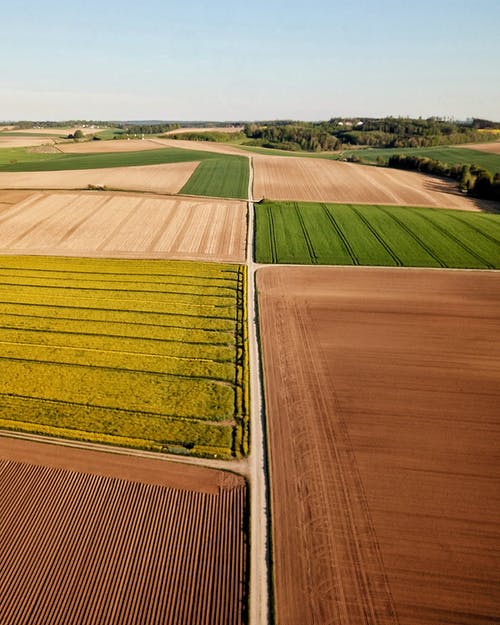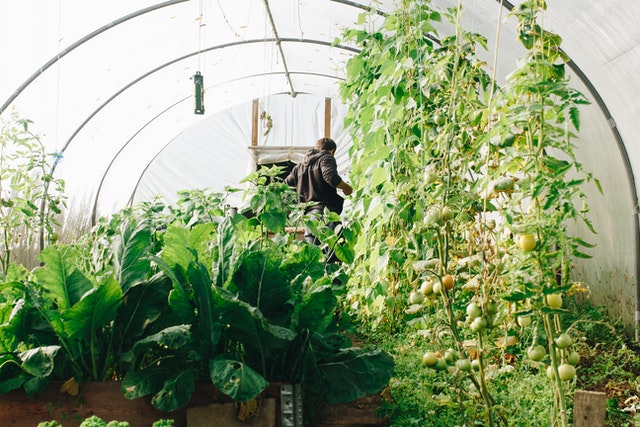The depth required is a crucial consideration when choosing a raised garden box. If you are placing your box on a patio or terrain where the soil beneath is not suitable for development, your plants must grow within the confines of the bed itself. A raised bed should be able to blend in with its surroundings while also appropriately supporting your plants’ roots. The soil depth required is determined by the type of plants planted, the soil conditions, and the desired aesthetic. Other significant factors to consider are the shape, size, and material of the raised garden bed. Because there is such a diverse range of designs accessible internationally, selecting one can be difficult.

However, the wide selection of patterns ensures that there is a match for every landscape type, spending level, and fashion preference. Depending on your preferences and garden setting, a raised garden box can be either informal or formal. We advise using contemporary, industrial metal beds to display vegetable gardens because they can serve as an eye-catching garden focal point and dramatically brighten dark regions or outdoor eating areas. It’s crucial to keep in mind that the bed’s size should correspond to the area around it. The ideal option if you don’t have much room is to get modular raised garden beds, which let you adjust the size of the box to fit your space.
One should always carefully evaluate the depth of the raised bed, whether it is a metal raised bed in a vegetable garden or an irregularly shaped perennial border garden that stands behind a dry-stone wall. It’s not necessarily necessary for a raised bed to have a substantial depth to be useful. Since the majority of plant roots need 6 to 8 inches of soil for good root growth, they should have at least 8 inches of soil depth to accommodate their root systems. Most gardening settings only require a depth of 8 to 12 inches. Raised beds allow for great drainage, making it feasible to grow a large number of vegetables in a small area. The depth of your raised garden bed might be taller and filled with a porous growing medium if drainage is a problem or if the plants you intend to cultivate prefer a setting with drier soil.

Any material you use for a raised bed should be strong, beautiful, and stable. The construction of your garden bed is crucial since it affects how effectively it will integrate into the surroundings. The sidewalls of the bed give it structural support and aid in keeping the soil in one area. Raised garden beds can have sides made of brick and stone, wood, metal panels, or both. When looking at raised garden bed ideas, it’s crucial to take the depth of your beds into account, but it’s also crucial to think about the material of your garden bed. To give their roots more room, some gardeners choose to use their shovels to dig beneath the soil, particularly if their garden bed is crowded or small. Double digging is a labour-intensive and time-consuming technique





